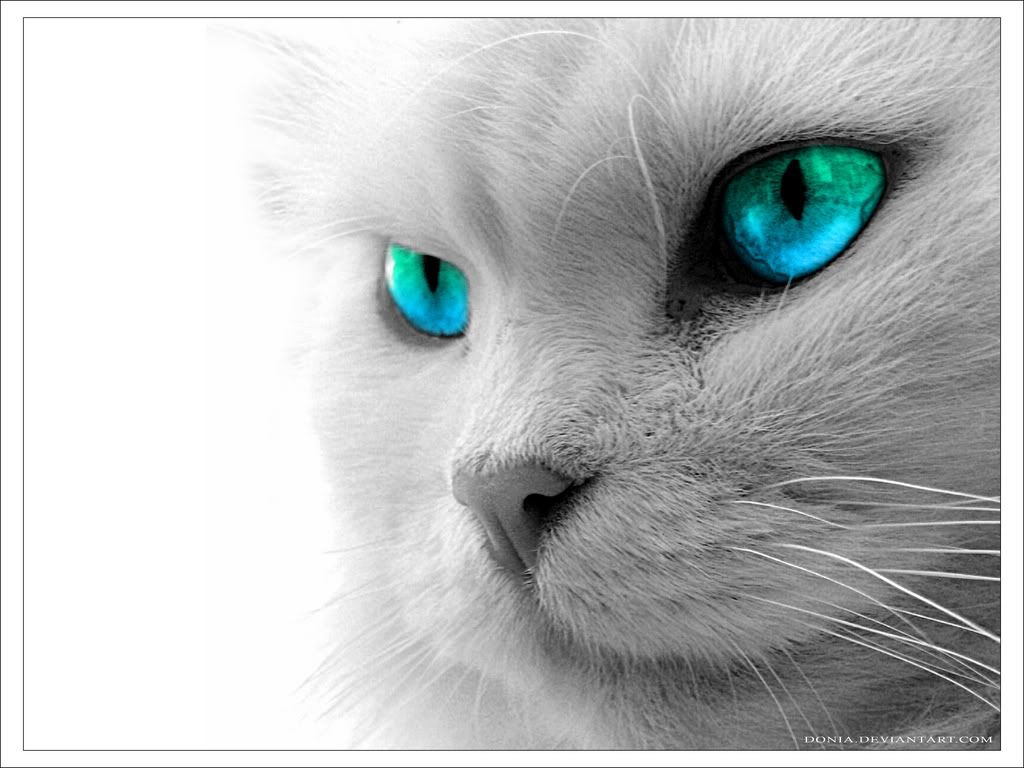
First up: PROPERTIES OF ALCOHOLS.
It is, oh, so clear that alcohols can form hydrogen bonds. You know, the electrostatic attraction between the electron deficient Hydrogen and lone pair on the oxygen atom. Course you do.
Hydrogen bonds are the strongest intermolecular (between molecules) forces, this results in relatively high melting/boiling point.
This also means that alcohols have a relatively low viscosity (so difficult to form a gas).
The hydrogen bonds give alcohols another property. Alcohols are soluble in polar solvents. This is because a hydrogen bond can form between the lone pair on oxygen and the electron deficient hydrogen on a water molecule.
As the chain length increases the solubility decreases. This is because a larger proportion of the molecule is not polar.
Next up: PRODUCTION OF ALCOHOLS.
Alcohol can be produced in two main ways, that you need to know.
Hydration of ethene. Sounds scary? It's not. It is a simple reaction between ethene and steam (recognise it?). A H3PO4 catalyst, 300 degrees and 60 atm are required. This is a reversible reaction (more about this later).
Fermentation. We have a carbohydrate that is acted upon by yeast to form the beloved alcohol - not personally - (wine for example) and carbon dioxide.
C6H12O6 -----> 2C2H5OH + 2CO2
CLASSIFYING ALCOHOLS: This is my method of remembering this.
Primary alcohols: When the OH group is on the end carbon in a chain, and no groups are attached.
Secondary alcohols: OH group is in the middle somewhere but no group is attached to that carbon.
Tertiary alcohol: OH group in the middle with an alkyl group attached to the same carbon.
The textbook phrases it differently and actually talks about alkyl groups attached but this works for me and actually gets me the marks.
Here is what the textbook says, if you think about it hard it does make sense. My way seems simpler.
PRIMARY: OH attached to a carbon with no alkyl groups or bonded to one alkyl group.
They take the hydrocarbon chains as alkyl groups.
SECONDARY: OH group attached to a carbon bonded to two alkyl groups.
TERTIARY: OH group attached to carbon with three alkyl groups.
SO here there is no hydrogen next to the carbon.
COMBUSTION OF ALCOHOLS:
Alcohol + O2 ------> Carbon dioxide + Water
OXIDATION OF ALCOHOLS:

This is a summary of all the oxidations. The R here means the rest of the chain.
When alcohols are oxidised during distillation only the first product is formed. During reflux (allowing the reaction to continue so all reactants can react).
The alcohols are oxidised using Metal dichromate XCr2O7 under the presence of sulphuric acid catalyst.
We can get rid of the OH group to form alkenes, in a reverse reaction by adding an acid catalyst and heat. This is called dehydration reaction - so many names.
Finally, you need to understand how esters are formed. This is dead easy - if you know the rules.
Alcohol + Carboxylic acid -----> Ester
During esterification (who comes up with these original names? Hah! The blog doesn't recognise half of the chemistry words) the Hydrogen on the alcohol and the OH group on the carboxylic acid break off and form water. This leaves the COO group for esters.
Esters have a fruity smell. - just a little side comment.
No comments:
Post a Comment